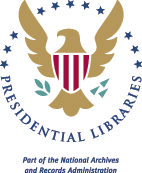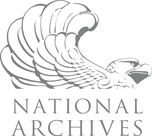 Visualització del contingut web
Visualització del contingut web
What is a Presidential Library?

The Presidential Library system is composed of sixteen Presidential Libraries.
These facilities are overseen by the Office of Presidential Libraries, in the National Archives and Records Administration.
Presidential Libraries are not libraries in the usual sense. They are archives and museums, bringing together in one place the documents and artifacts of a President and his administration and presenting them to the public for study and discussion without regard for political considerations or affiliations. Presidential Libraries and Museums, like their holdings, belong to the American people.
During his second term in office, President Franklin D. Roosevelt surveyed the vast quantities of papers and other materials he and his staff had accumulated. In the past, many Presidential papers and records had been lost, destroyed, sold for profit, or ruined by poor storage conditions. President Roosevelt sought a better alternative. On the advice of noted historians and scholars, he established a public repository to preserve the evidence of the Presidency for future generations. Beginning a tradition that continues to this day, he raised private funds for the new facility and then turned it over to the United States government for operation through the National Archives. Learn more about FDR Library History.
You can engage with archival holdings from across the Presidential Libraries by searching the National Archives Catalog and by connecting through social media.



